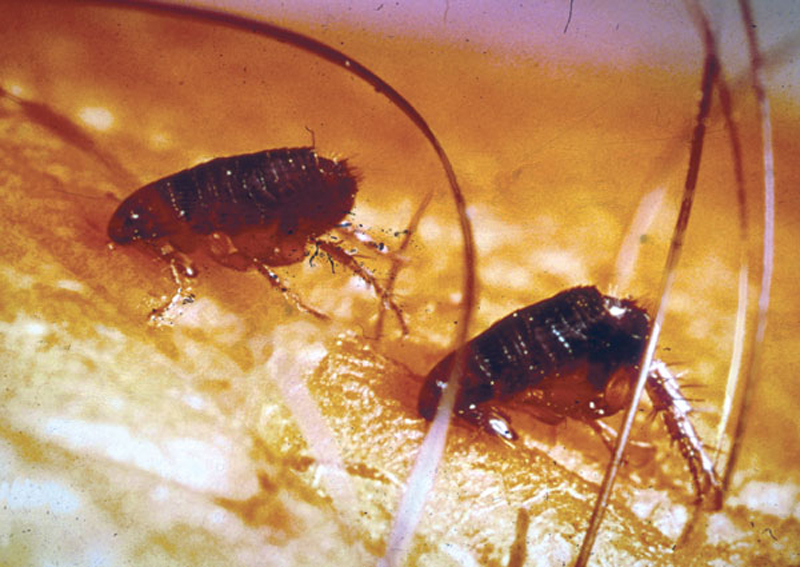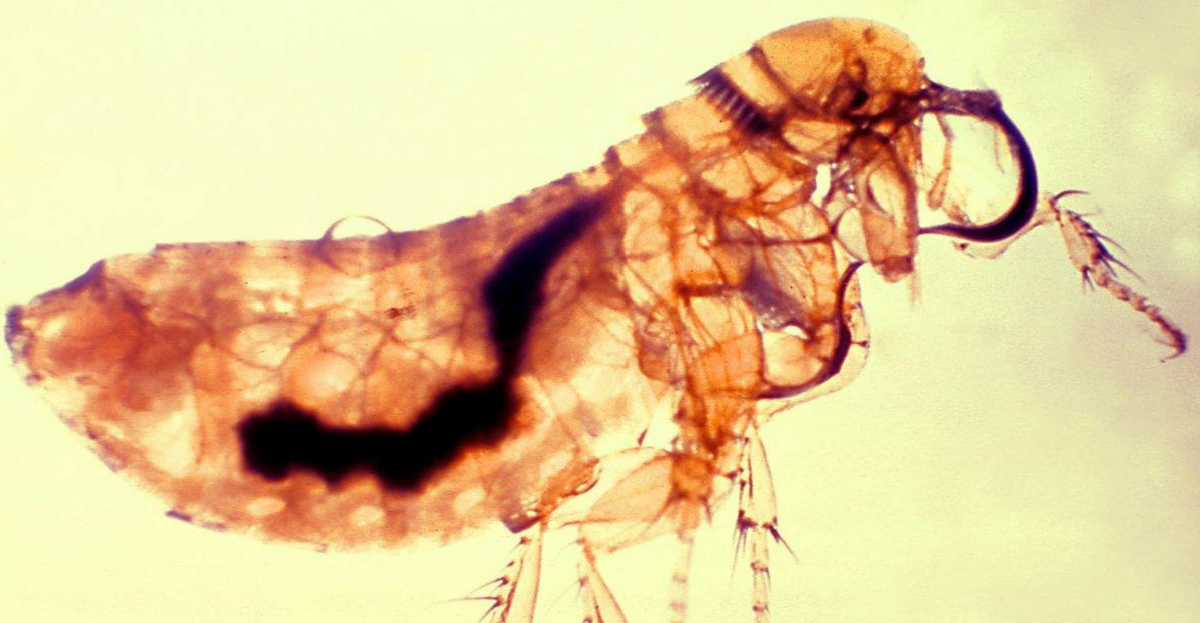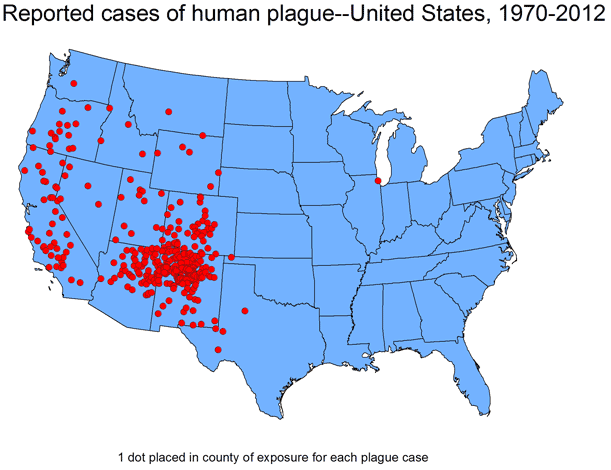Officials in Navajo County and Coconino County are warning the public to take precautions after the region tested positive for the plague.
Yes, THAT plague. The infamous, infectious disease nearly killed millions during the Middle Ages.
According to Navajo County Public Health and Coconino County Public Health Services District in Arizona, fleas in the area have tested positive for the rare, deadly disease.
Both counties are in northern Arizona.

ABC News reports that officials are urging persons living, working, camping or visiting these areas to take extra precautions to reduce their risk of exposure.
Avoid sick or dead animals, keep your pets from roaming loose and avoid rodent burrows and fleas.
"Navajo County Health Department is urging the public to take precautions to reduce their risk of exposure to this serious disease, which can be present in fleas, rodents, prairie dogs and predators that feed upon these animals," the public health warning states.
"The disease can be transmitted to humans and other animals by the bite of an infected flea or by direct contact with an infected animal."
According to the Centers for Disease Control and Prevention (CDC), studies suggest that outbreaks still occur in southwestern U.S. states like Arizona during cool summers that follow wet winters.
Most of the known cases occur in Northern Mexico, northern Arizona, southern Colorado, California, southern Oregon and far western Nevada.
Did you know the plague was still active in America today?
According to the World Health Organization (WHO), the bacteria that causes the plague was first brought to the United States by rat-infested steamships in the 1900s.
The most common cases in the US today have been bubonic plague, which affects the lymph nodes and causes gangrene.

While it's hard to identify the disease in its early stages, a laboratory test can easily confirm the diagnosis.
Symptoms of the plague include sudden onset of fever, headache, chills and weakness. Sufferers may also experience one or more swollen, tender and painful lymph nodes. If it is not treated in time, the bacteria can spread to other parts of the body.
Plague affects people of all ages although reports say that 50% of cases occur between the ages of 12 and 45 years old, slightly more men are historically affected.
While it can be treated with an antibiotic, there is still a 30-60% fatality rate if left untreated.
Want to know more? Watch this segment on the plague:



